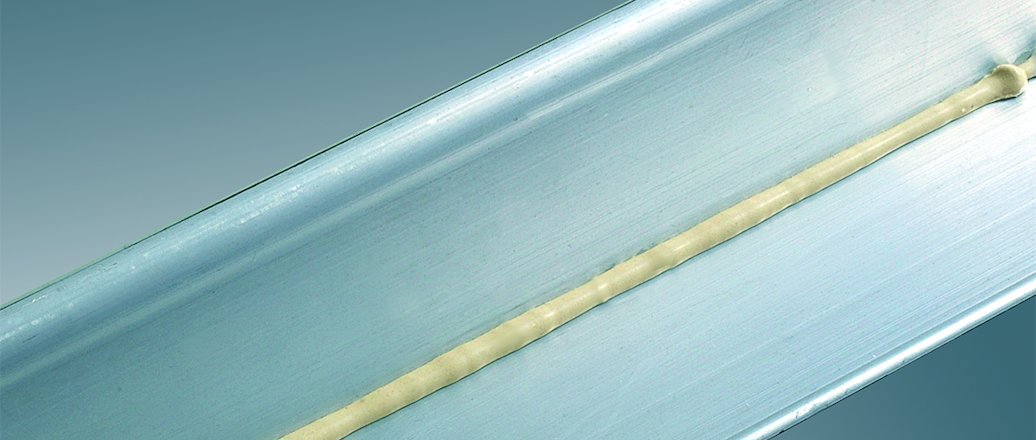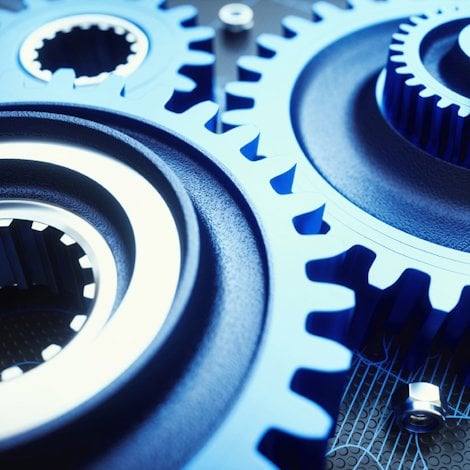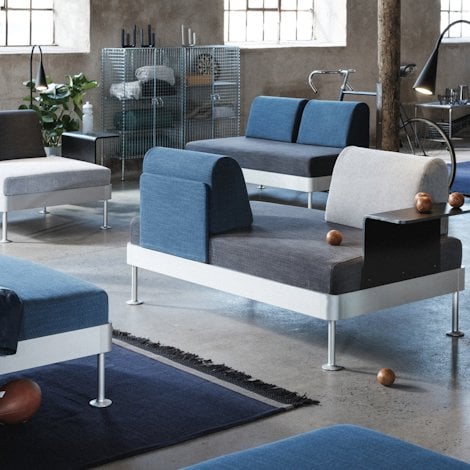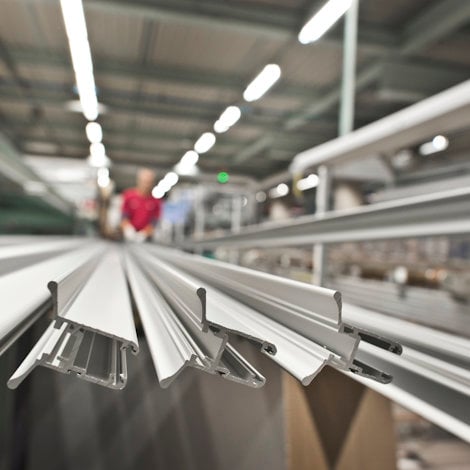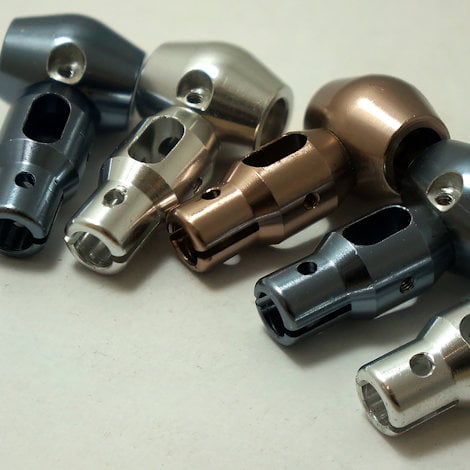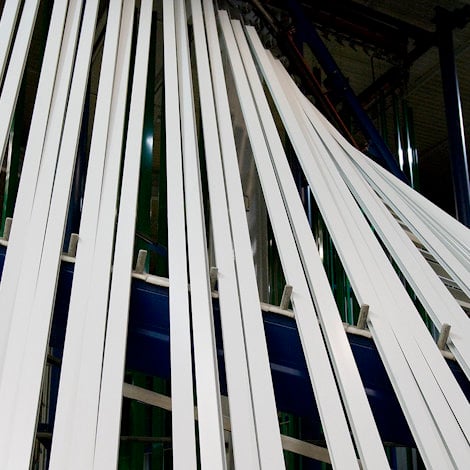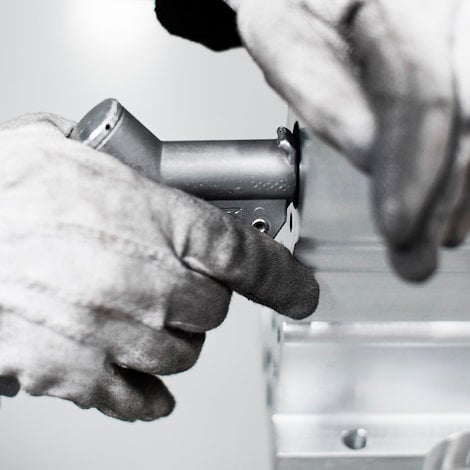Why corrosion resistance matters for the adhesive bonding of aluminium
If aluminium is to be adhesively bonded and used in a corrosive environment, the natural oxide is too poor to ensure the required service life. It is important to know that adhesives never bond directly to aluminium, but to oxides or conversion layers. The quality of these layers has a huge influence on the strength and corrosion properties of the joint. Here is what you need to know about corrosion resistance and the adhesive bonding of aluminium.
There are many types of joining methods. Adhesive bonding is one. It is a joining method that can result in high-performance joints when aluminium is joined to aluminium as well as with other materials.
The surface layer of aluminium usually has different properties relative to the bulk material. I’ve already mentioned the aluminium oxide layer, as adhesives never bond directly to aluminium. Another important characteristic of the surface is that the concentrations of alloying elements and contaminants differ from the bulk of the material, and the metallurgical structure may also be different. This is a result of processing that involves elevated temperatures and mechanical shearing of the material, for instance extrusion, rolling, ageing and grinding.
Changes that may occur at the surface include diffusion of certain elements toward the surface, accumulation of intermetallic particles in grain boundaries, increased number of grain boundaries, and deformation of particles giving them higher surface-to-volume ratio.
A consequence of the processing route of the aluminium
The exact nature and appearance of the surface layer differs between different aluminium alloys and is also a consequence of the specific processing route of the material.
Sometimes the term “near-surface deformed layer” is used for the surface layer heavily deformed by thermo-mechanical shearing. Such a layer has been identified in rolled products and after grinding of wrought alloys, but its existence has been questioned for extrusions in mill finish. The common feature and the important message is: The material, up to about 1 μm below the surface, normally has different properties compared with the bulk.
When it comes to adhesive bonding of aluminium, the key issue is that such layers can become very prone to corrosion, where attack propagates quickly and spreads under an adhesive or coating, leading to delamination. Again, this emphasizes the need for proper pre-treatment of aluminium before adhesive bonding.
Grinding also causes deformed layers. Depending on the abrasive parameters and the alloy, these layers can result in radically impaired corrosion properties.
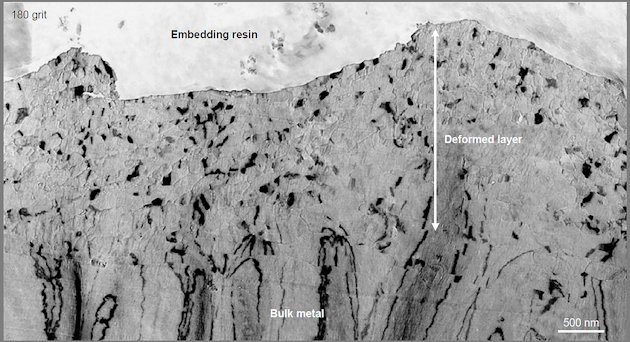 Transmission electron microscopy image (TEM) of a deformed surface layer of an AA6111-T4 alloy after mechanical grinding, 180 grain SiC.
Transmission electron microscopy image (TEM) of a deformed surface layer of an AA6111-T4 alloy after mechanical grinding, 180 grain SiC.
Which aluminium alloys are suitable for adhesive bonding?
Generally, the extruded aluminium profiles from the 6000 series of aluminium alloys are relatively corrosion resistant, with relatively small amounts of intermetallic particles, and are therefore suitable for adhesive bonding (after pre-treatment).
For high-strength alloys in the 7000 series, there is a compromise between stress corrosion resistance and the mechanical properties that are achieved through advanced heat treatment. This means that corrosion properties and suitability for adhesive bonding are more varied, and it is important to understand the properties of the specific alloy in question.
Differences between rolled aluminium and castings
Rolled aluminium in the 5000 series is resistant to corrosion and suitable for adhesive bonding. The deformed surface layer is only a few tenths of a micrometer thick, but some oxide can be incorporated into the deformed layers during rolling. This layer should be removed to obtain the bulk properties of the aluminium.
The sheet metal material can be bought on a roll, either untreated or with various pre-treatments. The purpose of pre-treatment is to give the sheet metal surface the properties the customer requires, such as weldability (limited oxidation growth), bondability and corrosion resistance.
Please note, however, that the processing times in a rolling mill are limited, which is why complete removal of the deformed layers can be difficult to achieve.
Can you use aluminium castings for adhesive bonding?
In comparison to extruded as well as rolled aluminium, the surfaces of castings are more difficult to pre-treat in a way that makes them suitable for adhesive bonding. Pre-treatment becomes more extensive and involves more process steps that must be adapted to the specific material or product. One reason is the size of intermetallic particles (usually AlFeSi).
Depending on the chemical composition of the alloy and heat treatment, such particles can grow up to 100 – 200 μm in size, which is much larger than normal pre-treatment processes can cope with in an efficient way. Quick cooling of the castings suppresses the growth, and certain alloying elements, such as titanium, sodium and strontium, are used in order to modify grain and particle structure.
Furthermore, aluminium castings may have traces of release agents on the surface, such as graphite powder, oxides and silicon, which can affect etching, anodizing and durability of the adhesive joint.
Do you want to learn more about adhesive bonding of aluminium? Check out this white paper which will teach you everything you need to know.

